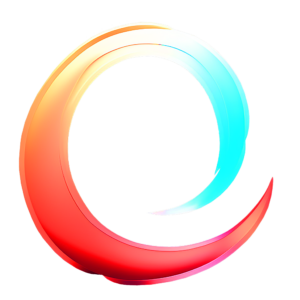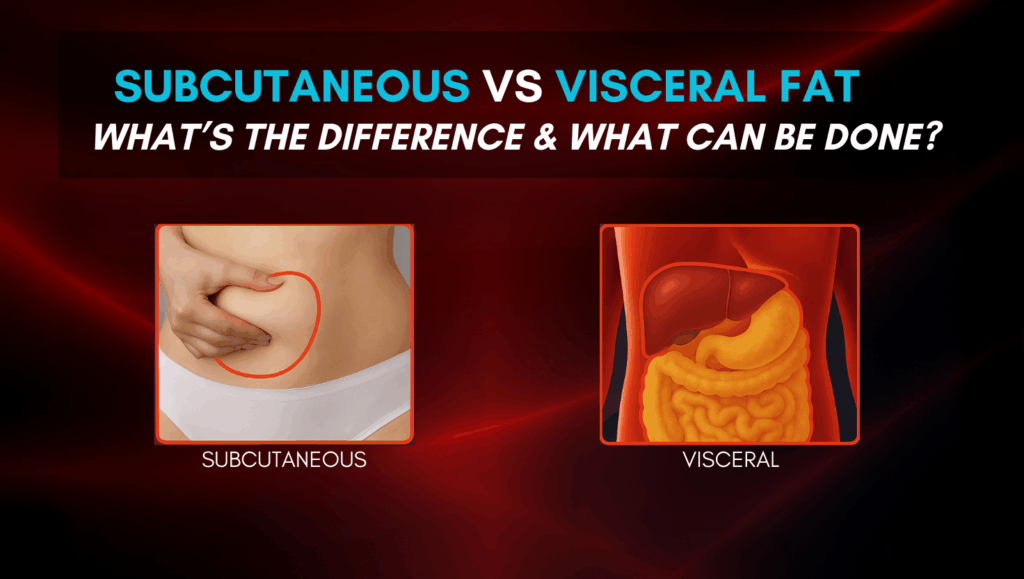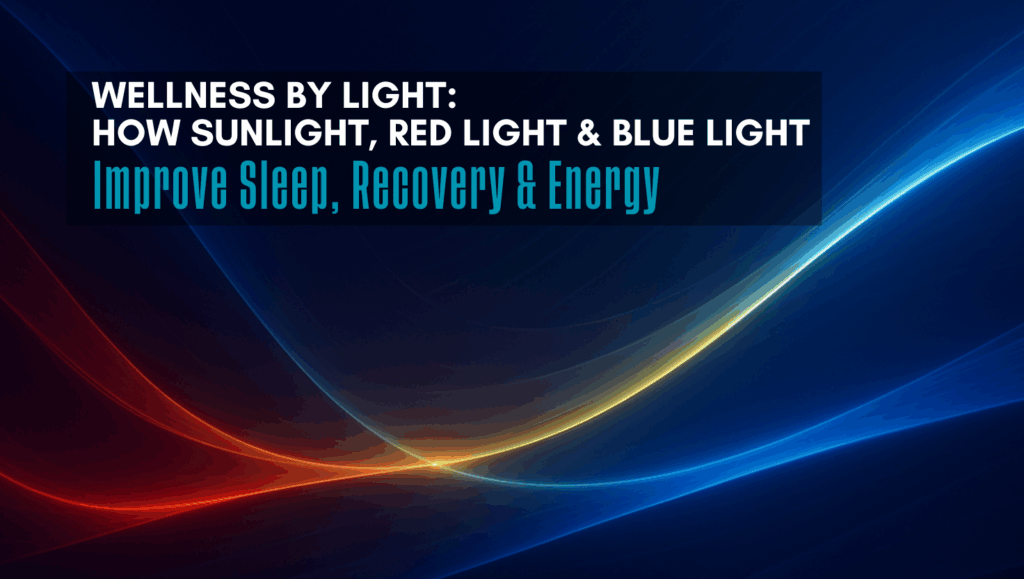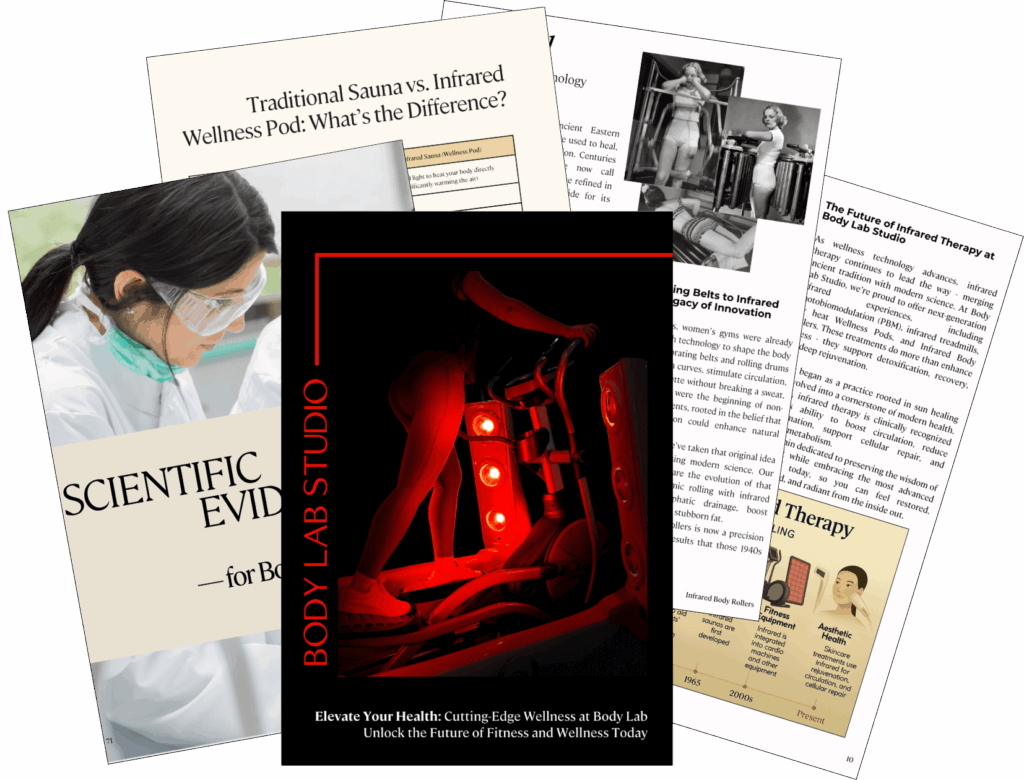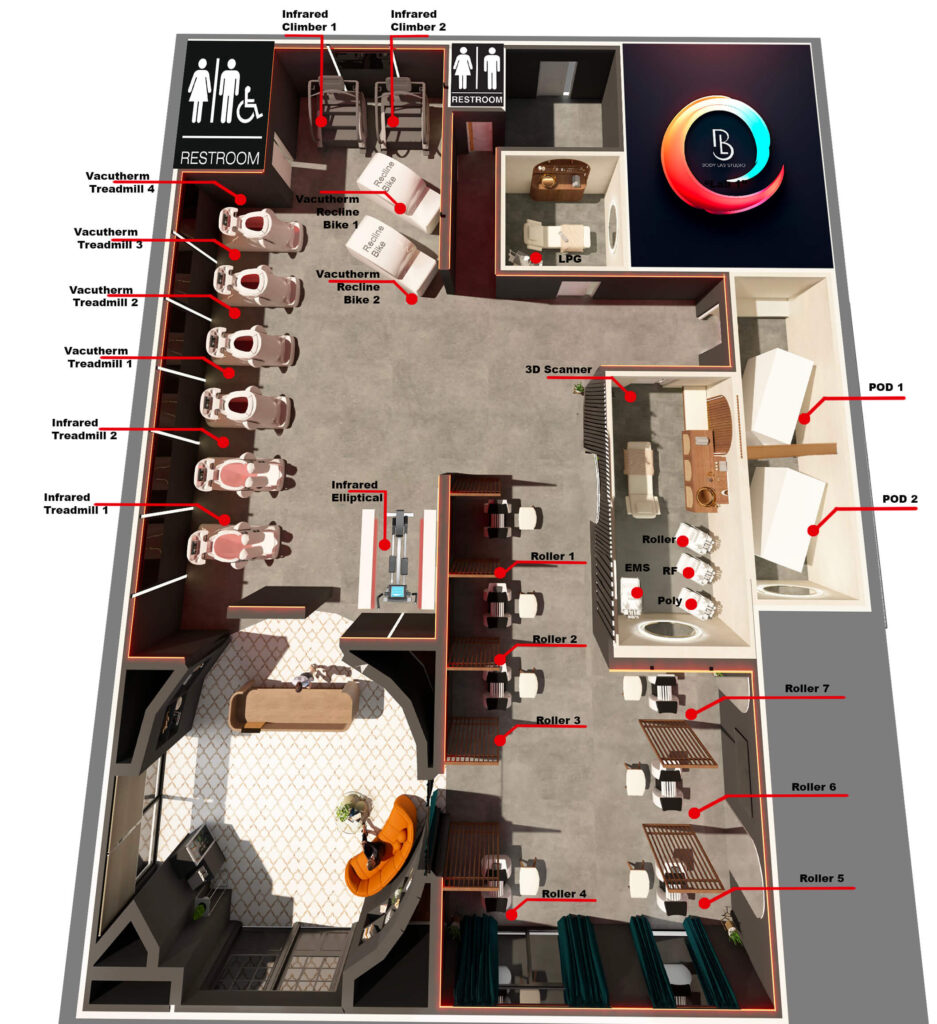Starting With a Familiar Frustration
You know that feeling—you’ve been sticking to your meals, showing up at the gym, maybe even skipping dessert a few times (painful, I know). Then you step on the scale, expecting fireworks… and nothing. Nada. Or maybe you’re just not feeling that extra energy or strength everyone talks about. It’s like, seriously? What am I missing here?
Turns out, you’re not alone—and it’s not just about calories in, calories out. There’s more going on under the hood than most of us realize.
Let’s take a look at a few sneaky reasons your progress might be stalling. Don’t worry, we’ll keep it light—think of this as a low-key chat over coffee, not a lecture in biology class.
1. Your Lymphatic System Might Be Backed Up
The lymphatic system is basically your body’s cleanup crew—quietly handling toxins, waste, and extra fluid without much fanfare. When it’s doing its thing, everything flows nicely. But if it slows down? That’s when you might notice puffiness or stubborn bloating that sticks around, even if you’re eating clean and crushing your workouts. It’s one of those behind-the-scenes players that makes a bigger difference than you’d expect.

It’s kind of like a clogged drain—when things aren’t moving the way they should, stuff starts to back up. Turns out, your lymphatic system works the same way. Research is showing it’s got a pretty big say in things like weight, energy, and how you feel overall. (Scallan et al., 2016).
For a boost, try incorporating movement that stimulates lymph flow, like stretching, yoga, or even specialized lymphatic drainage massages (Casley-Smith et al., 1997).
2. Stress Hormones Could Be Working Against You
Ever notice how everything feels a little harder when you’re stressed out? Turns out, there’s a real reason for that—and it’s not just in your head. Stress hormones, especially cortisol, don’t just ramp up anxiety; they also interfere with your body’s ability to shed weight.
Cortisol, in particular, is a bit of a troublemaker. It encourages fat storage—yep, especially around the belly—and, over time, can even lead to muscle loss (Epel et al., 2000). Basically, when you’re under constant stress, your body flips into “survival mode” and starts holding on to everything like it’s prepping for a long winter.
And it’s not just theory. A study in Psychosomatic Medicine found that chronic stress really can make losing weight harder. The researchers drew a clear line between higher cortisol levels and increased body fat, especially in women. So if it feels like your stress is fighting your progress… it kind of is. (Bjorntorp, 1997).

3. Fascia: The “Hidden” Tissue That Can Impact Your Shape
Fascia is the connective tissue that wraps around your muscles and organs—kind of like your body’s internal cling film. When it’s in good shape, fascia is pliable and lets your muscles glide and move easily. But over time, it can stiffen up and get sticky, which can restrict movement and, oddly enough, make you look a bit puffier than usual.
Picture it this way: fascia is like the packing material nestled between your muscles. When it tightens, it acts more like shrink-wrap—constricting movement and even affecting things like circulation.
Research published in the Journal of Bodywork and Movement Therapies points out that these fascial restrictions can play a role in everything from posture and pain to how toned your muscles appear (Schleip et al., 2012).
That’s where fascial release exercises come in. Techniques like foam rolling or hands-on myofascial release can help smooth out those sticky spots, loosen things up, and generally help your body move and feel better (Miller & Rockey, 2006).

4. Skin Health Plays a Role Too
It’s one of those things that’s easy to miss—but your skin can quietly make or break how toned you actually look, even when you’re crushing your workouts and doing everything right.
Here’s the catch: collagen, the stuff that keeps skin firm and elastic, gradually dips as we age. And when levels drop too low, skin can start to sag—sometimes just enough to blur the results you’ve worked so hard for.
According to research in the Journal of Clinical and Aesthetic Dermatology, the aging process hits skin appearance hard, especially in spots where we tend to lose fat. Translation: even lean muscle can get overshadowed if the skin isn’t keeping up. (Varani et al., 2006).
Consider including collagen-rich foods or supplements, which may improve skin elasticity (Proksch et al., 2014).
5. Sleep: The Underrated Fat-Burner
We all know sleep is important, but did you know that lack of sleep actually messes with hunger hormones and can slow down your metabolism?
Sleep affects two hormones: leptin and ghrelin. Leptin tells you when you’re full, and ghrelin signals hunger. When you’re sleep-deprived, these hormones get thrown off balance, leading to increased hunger and cravings (Taheri et al., 2004).
Research published in The American Journal of Clinical Nutrition shows that people who don’t get enough sleep tend to eat more and have slower metabolic rates (Nedeltcheva et al., 2009). So getting enough shut-eye might be the missing piece of the puzzle.

6. Digestive Health and Gut Microbiome
Believe it or not, your gut health has a huge impact on weight and how your body responds to food. An imbalance in your gut bacteria can actually make it harder to lose weight.
Studies show that a diverse microbiome is linked to better weight management and overall health. Nature published research indicating that people with a more balanced gut flora had
better fat metabolism (Turnbaugh et al., 2006). Probiotics and fiber-rich foods can help promote a healthier microbiome, supporting your weight loss goals (Schippa etal., 2010).
While nutrition is key, our VacuTherm treadmill can support gut and digestive function by stimulating circulation and lymphatic flow—especially in the abdominal region, which helps reduce bloating and supports detox pathways.
7. Hormones Are Key Players
Hormones play a bigger role in weight than most people realize. Insulin, thyroid hormones, estrogen—they all have a say in how your body stores (or sheds) fat. Take insulin resistance, for instance. It happens when your cells stop responding properly to insulin, which can seriously complicate weight loss. Basically, your body’s trying to do its job, but the signals aren’t getting through.
A study in the Journal of Clinical Endocrinology & Metabolism highlights how insulin resistance is linked to weight gain, particularly around the abdomen (Rosenbaum et al., 1997).
Balancing hormones isn’t always easy, but a healthcare provider can help if you suspect hormonal imbalances are playing a role.
Our infrared PODs, Cocoon Wellness Pro system, and LPG treatments help support hormonal balance by lowering stress, increasing circulation, and stimulating muscle activity—all of which can positively influence insulin sensitivity, cortisol levels, and more.
What Can You Do Next?
If any of this sounds familiar, you’re definitely not the only one. These kinds of hurdles trip up more people than you’d think—but the good news? There are some simple ways to get things moving in the right direction:
-
Try lymphatic drainage exercises or a massage—yes, it’s a thing, and yes, it can help more than you’d expect.
👉 At Body Lab Studio, we offer LPG Endermologie, infrared body roller sessions, and Vacuum Treadmills, all of which support healthy lymphatic flow and reduce fluid retention. -
Stress messing with your system? Techniques like deep breathing or meditation can make a real difference in dialing down cortisol.
👉 For built-in relaxation and nervous system recovery, try our LPG Sessions, Cocoon Wellness Pods or infrared POD sessions to unwind deeply and support better sleep. -
Don’t overlook your fascia (that webby connective tissue doing more than we give it credit for).
👉 Our LPG machine and infrared roller treatments are both specifically designed to release fascial tension and improve mobility. -
Prioritize sleep—not just time in bed, but actual quality sleep. Aim for that 7–8 hour sweet spot.
👉 Our Cocoon Pods and relaxation-focused infrared POD programs help regulate sleep cycles and calm the body for deeper rest. -
Feed your gut some love: fiber-rich foods, and maybe toss in a probiotic if it feels right.
While we don’t treat gut health directly, detoxifying treatments like lymphatic massage and infrared heat may help support your body’s natural balance.
Wrapping Up: Finding What Works for You
At the end of the day, you’re doing what you can—and that counts for more than you might think. Sometimes, it’s the less obvious stuff that ends up making the biggest difference. These behind-the-scenes factors could be the puzzle pieces you didn’t even realize were missing.
It’s a process, no doubt. Progress doesn’t always look like a straight line (spoiler: it rarely does). But you’re not in it alone. At Body Lab Studio, we’ve built an entire toolkit of science-backed therapies to support your journey—whether you’re targeting fascia, lymph flow, skin tone, or simply better sleep.
If you’re ever curious about more tailored support or just want to bounce around a few ideas, we’re here. No pressure—just real help when you want it.
References
-
- Scallan, J. P., et al. (2016). The Lymphatic Vasculature: Structure, Function, and Role in Health and Disease. Physiol Rev.
-
- Casley-Smith, J. R., et al. (1997). Manual Lymph Drainage Therapy: Indications and Techniques. J Manual & Manipulative Therapy.
-
- Epel, E., et al. (2000). Stress and body shape: stress-induced cortisol secretion is consistently greater among women with central fat. Health Psychology.
-
- Bjorntorp, P. (1997). Body fat distribution, insulin resistance, and metabolic diseases. Psychosomatic Medicine.
-
- Schleip, R., et al. (2012). Fascial plasticity – A new neurobiological explanation. Journal of Bodywork and Movement Therapies.
-
- Miller, J. L., & Rockey, A. M. (2006). Myofascial Release Techniques and Fascial Manipulation. Current Opinion in Neurology.
-
- Varani, J., et al. (2006). Decreased Collagen Production in Chronologically Aged Skin. Journal of Clinical and Aesthetic Dermatology.
-
- Proksch, E., et al. (2014). Oral intake of specific bioactive collagen peptides reduces skin wrinkles and increases dermal matrix synthesis. Skin Pharmacology and Physiology.
-
- Taheri, S., et al. (2004). Short sleep duration is associated with reduced leptin, elevated ghrelin, and increased body mass index. PLoS Medicine.
-
- Turnbaugh, P. J., et al. (2006). An obesity-associated gut microbiome with increased capacity for energy harvest. Nature.


